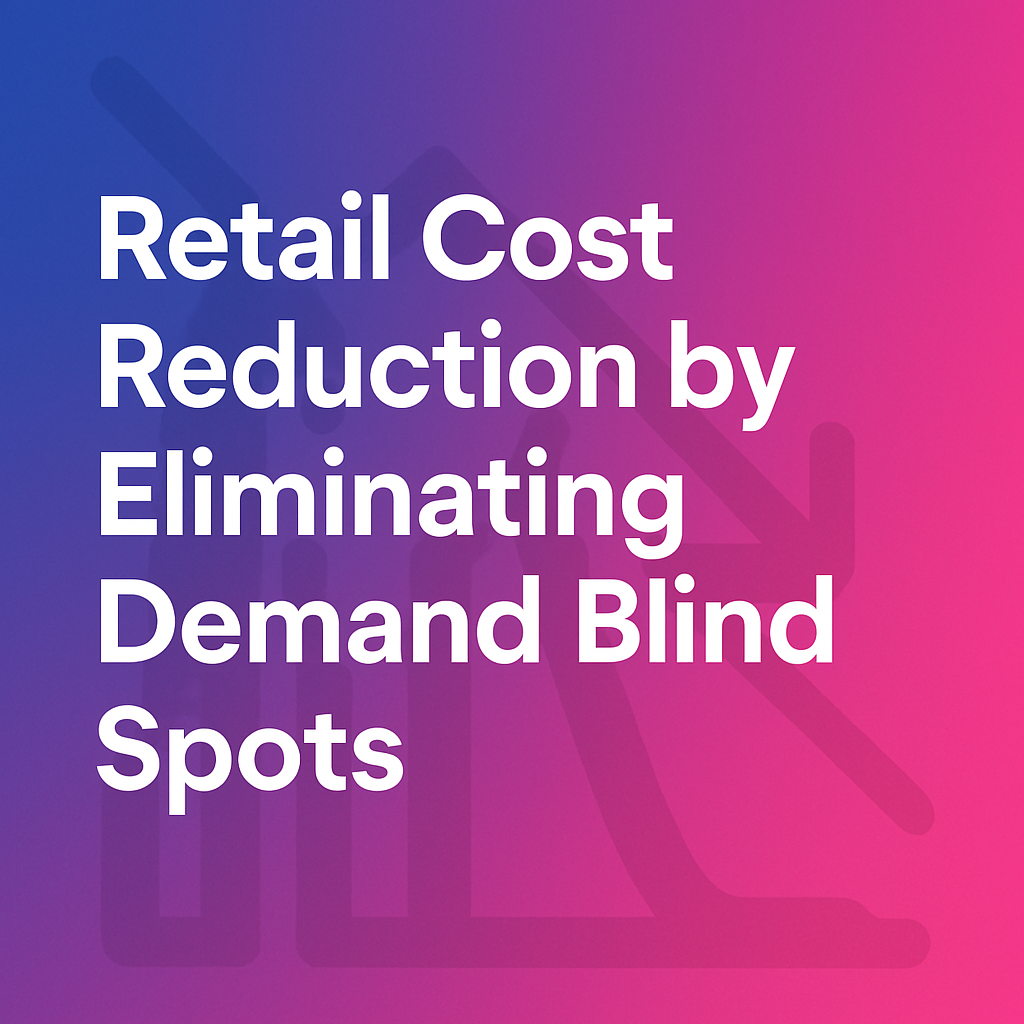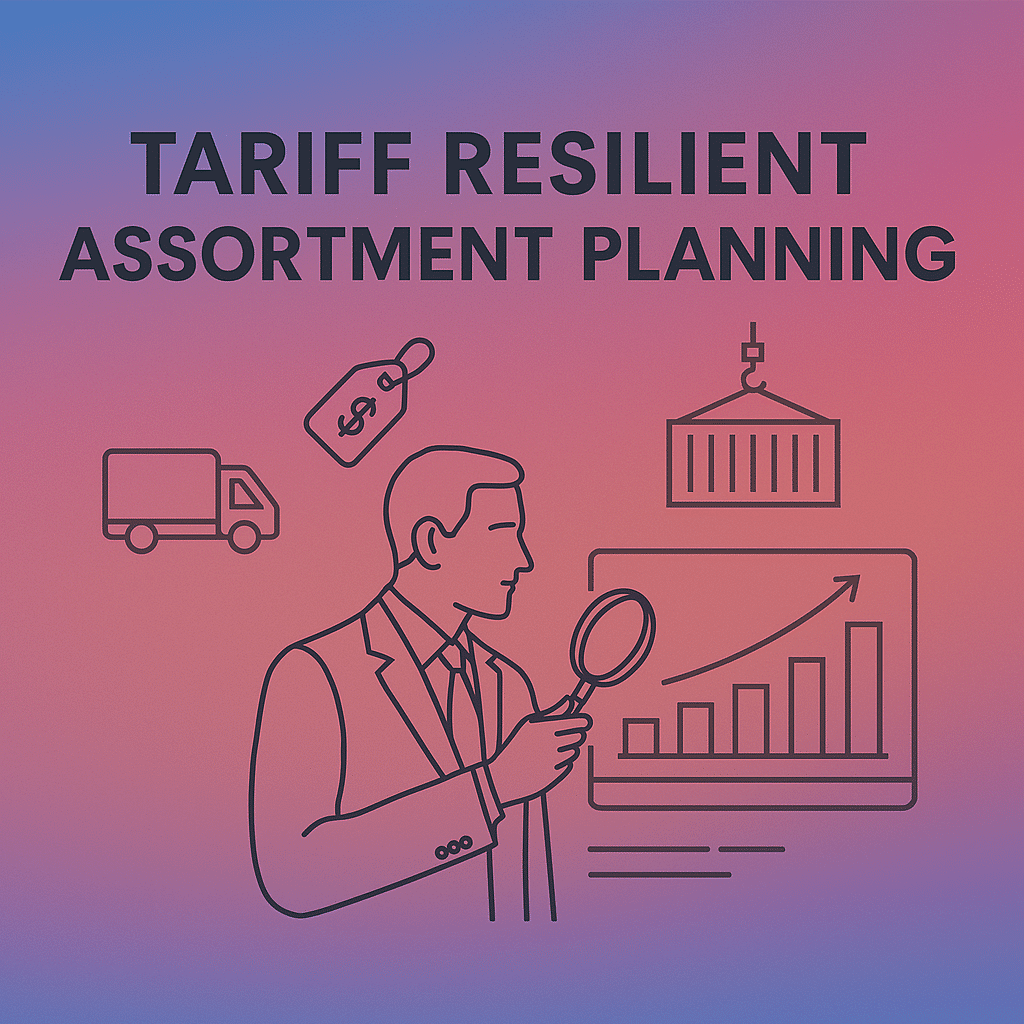Revolutionizing Fashion: Reducing Fashion Risk with Entropy and Information Theory

Embracing Entropy: A Novel Strategy for Reducing Fashion Risk
In today’s unpredictable fashion industry, “Reducing Risk With Entropy” could be the key to success. This innovative approach leverages principles from both thermodynamics and information theory. The common ground between these two seemingly disparate fields is entropy, a concept that is a powerful tool for managing risk and uncertainty.
Thermodynamics: Entropy and Order
The physicist Rudolf Clausius was the first to introduce the concept of entropy in thermodynamics. Here, entropy is a measure of the randomness or disorder within a system. For example, consider a box of gas particles. When all particles are grouped in one corner, signifying order, the entropy is low. However, when these particles are scattered randomly across the box, representing disorder, the entropy is high.
Applying this to the business of fashion, an organized warehouse with logically categorized items (by type, size, season) symbolizes low entropy. Finding specific products in such an environment is straightforward, an example of “Reducing Fashion Risk With Entropy”. In contrast, a warehouse where items are scattered randomly is a high-entropy system, making product retrieval a challenging task.
Information Theory: Entropy and Uncertainty
The father of modern digital communications and information theory, Claude Shannon, also applied entropy, but to quantify the uncertainty or unpredictability of information. Take the instance of a coin toss. The outcome of a fair coin flip is uncertain, symbolizing high entropy. Meanwhile, a two-headed coin, always landing on heads, has no uncertainty and thus represents low entropy.
Translating this to the fashion industry, the concept of “Reducing Fashion Risk With Entropy” can be applied when launching a new clothing line. If you conduct extensive market research and trend analysis, you lower the entropy, making the success of the line more predictable. Conversely, if you launch the line without sufficient data, the risk of failure and hence the entropy is high.
Applying Entropy in Practice
Inventory Management:
Minimizing entropy in your inventory can lead to a more efficient and organized system. A structured inventory translates to low entropy, simplifying management and tracking of items.
Predicting Trends:
The principles of information theory and entropy can aid in forecasting fashion trends. By analyzing data, you can reduce the entropy or uncertainty about future trends. The more information you have, the better your predictions, effectively “Reducing Fashion Risk With Entropy”.
Decision Making:
Information theory assists in quantifying uncertainty, or entropy, which can then be reduced to make better decisions. By gathering extensive data, such as previous sales data, customer feedback, and market research, you decrease entropy, facilitating more informed decisions and effectively “Reducing Fashion Risk With Entropy”.
Optimize Marketing Strategies:
By reducing entropy, you can make strategic decisions about where to invest marketing resources for the best ROI. This is another practical application of “Reducing Fashion Risk With Entropy”.
Stylumia stands at the forefront of this revolution with its advanced prediction algorithms and perpetual demand-driven insights. We significantly minimize entropy in the fashion industry, reducing uncertainty and risks associated with decision-making in fashion. You can read about how our award-winning demand science helps the industry at large in reducing waste here.
If your business aims to reduce entropy, improve predictability, and mitigate risks, we invite you to explore “Reducing Fashion Risk With Entropy” with us.
Reach out for a free consulting session at Stylumia here. Experience first-hand how entropy reduction can revolutionize your business.



